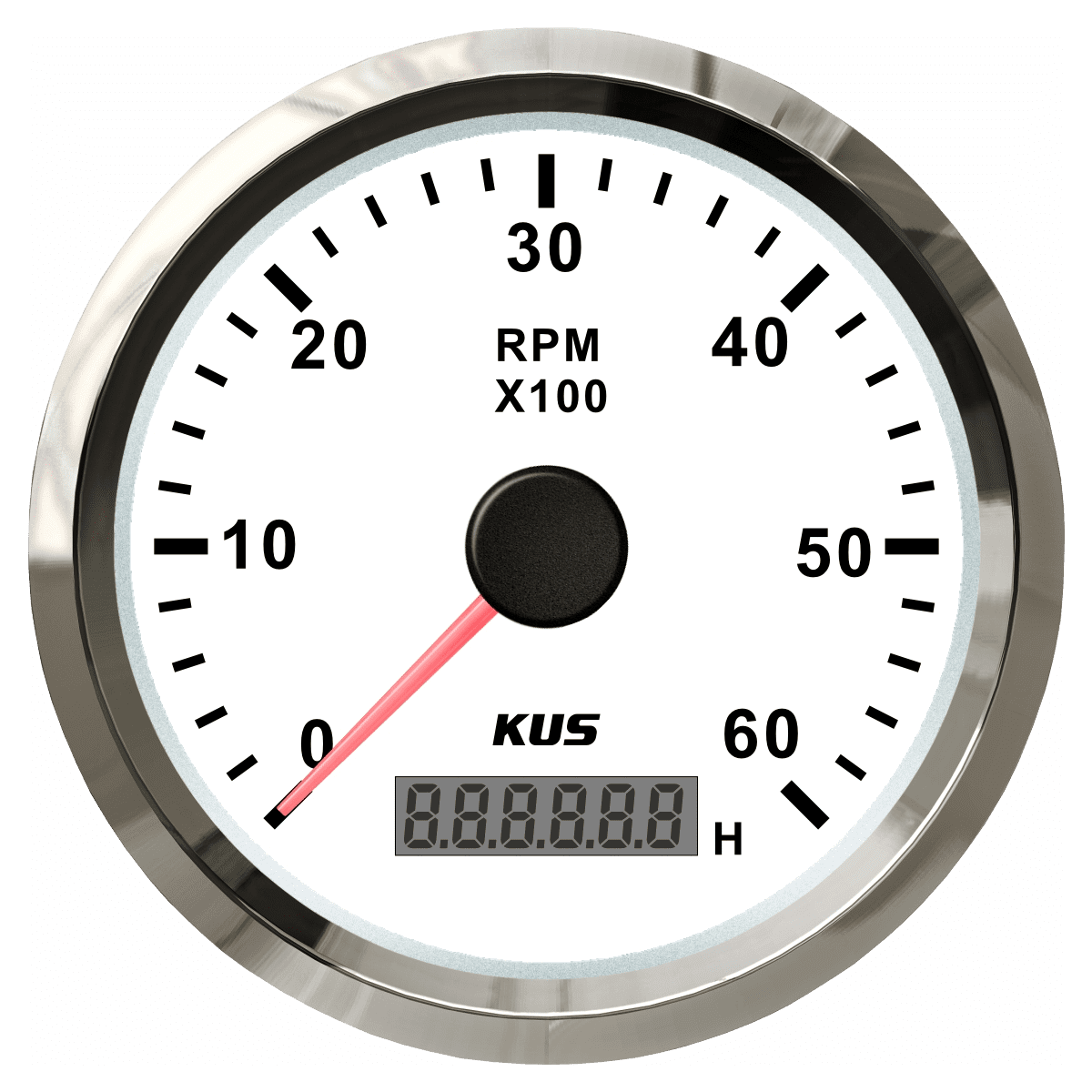Comprehensive Overview to Recognizing and Making Use Of a Tachometer Properly
Comprehensive Overview to Recognizing and Making Use Of a Tachometer Properly
Blog Article
Opening the Tricks of Tachometers: Whatever You Required to Know About This Essential Instrument in Your Lorry
Comprehending the details of tachometers can provide beneficial understandings into your car's performance and upkeep requirements. From determining engine rate to analyzing the data it presents, tachometers act as an essential device for lorry proprietors and lovers alike. By unraveling the enigmas behind this essential tool, you can open a riches of details that can enhance your driving experience and guarantee the longevity of your car.
Significance of Tachometers
The significance of tachometers exists in their capability to give critical real-time information concerning an engine's rotational rate, permitting accurate tracking and upkeep of equipment. By gauging the changes per minute (RPM) of an engine's crankshaft, tachometers supply beneficial understandings into the engine's efficiency - tachometer. This information is important for guaranteeing that the engine operates within its optimal array, preventing potential damages from over-revving or underperforming
Tachometers play an important duty in assisting operators and service technicians detect any type of anomalies in the engine's speed, which might show concerns such as gas ineffectiveness, mechanical problems, or extreme stress on the engine. By immediately determining these issues through tachometer analyses, upkeep can be carried out proactively, protecting against pricey repair services and downtime over time.
Additionally, tachometers are especially important in high-performance vehicles and machinery, where exact control over engine speed is necessary for optimal procedure. Racing vehicles, airplane, and industrial devices depend on tachometers to provide peak efficiency while maintaining safety and security requirements. Basically, tachometers are not just instruments for gauging speed but vital tools for making sure the smooth and reliable operation of engines throughout different applications.
Exactly How Tachometers Procedure Engine Speed
Using sensors that identify the regularity of electrical pulses generated by the engine's ignition system, tachometers properly measure the rotational rate of an engine. By keeping track of the rate at which these pulses are obtained, tachometers offer real-time feedback on just how quick the engine's crankshaft is revolving per min, commonly described as changes per min (RPM)
The tachometer's sensor, often attached to the engine's ignition coil or ignition system cords, gets the electrical signals created each time a cyndrical tube fires. These signals are after that exchanged RPM analyses showed on the scale or instrument collection within the driver's sight. Tachometers can be analog or electronic, with modern-day automobiles typically including electronic screens for exact and instant RPM analyses.
This details is important for chauffeurs to understand the engine's performance, avoid over-revving, optimize equipment shifting, and make sure reliable gas usage. By properly measuring engine speed, tachometers play an important function in helping drivers operate their cars safely and effectively.
Analyzing Tachometer Analyses
Having a clear understanding of how tachometers gauge engine speed sets the foundation for effectively interpreting the RPM readings presented. Translating tachometer analyses is essential for optimum vehicle performance and engine wellness. RPM (Changes Per Minute) readings on the tachometer suggest the speed at which the engine's crankshaft is rotating. When the engine is idling, the tachometer needle generally rests around 600-1000 RPM, depending upon the lorry. As you increase, the RPM will increase, showing the engine's greater rotational speed. When moving gears in a hands-on transmission lorry, the RPM will go down as you engage the clutch and change equipments, then increase once again as you speed up in the new equipment. Keeping track of the tachometer can assist you figure out one of the most effective moving indicate make the most of gas economy and browse around this web-site engine power. In addition, uncommon changes or constantly high RPM analyses could indicate prospective problems with the engine that may call for professional interest. By focusing on the tachometer analyses and comprehending exactly how to analyze them, you can guarantee your automobile operates efficiently and efficiently.


Tips for Using Tachometers Effectively
To enhance driving efficiency and optimize engine efficiency, what secret strategies can be applied for properly making use of tachometers? Tachometers are essential devices that supply real-time comments on engine speed, making it possible for chauffeurs to make enlightened decisions for far better performance - tachometer. Right here are some tips for making use of tachometers properly:
Understanding Optimal RPM Variety: Acquaint on your own with the optimum RPM (Changes Per Min) array for your lorry. This variety varies in between various autos and is generally shown in the proprietor's handbook. Keeping the engine within this range can boost gas performance and extend the engine's lifespan.
Shifting Gears at the Right Time: Make use of the tachometer to establish the best time to move gears. Aim to move gears when the RPM reaches the optimal variety for the following gear.
Keeping An Eye On Engine Stress: High RPMs for prolonged periods can strain the engine. Maintain an eye on the tachometer to stop over-revving, particularly during acceleration or when lugging hefty tons.
Tachometers and Vehicle Upkeep
When considering car maintenance, tachometers play a crucial function in keeping track of engine performance and discovering prospective issues. Tachometers give essential data on engine rate, enabling chauffeurs and mechanics to make sure that the engine is operating within the recommended RPM array. Routinely keeping track of the tachometer readings can help determine issues such as engine misfires, damaged ignition system, or issues with the gas shipment system. By taking note of the tachometer, vehicle drivers can stop too much stress on the engine, which More about the author can bring about expensive repair services down the line.
In enhancement to detecting potential problems, tachometers can likewise assist in optimizing gas efficiency. By maintaining the engine rate within the optimal array, motorists can improve their gas mileage and decrease fuel intake. This not only profits the vehicle driver's wallet however additionally adds to environmental conservation by decreasing unsafe emissions.
Verdict

Report this page